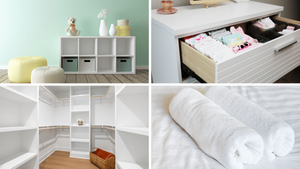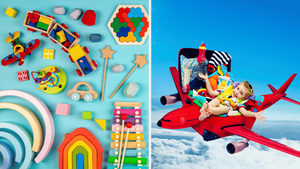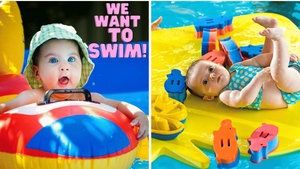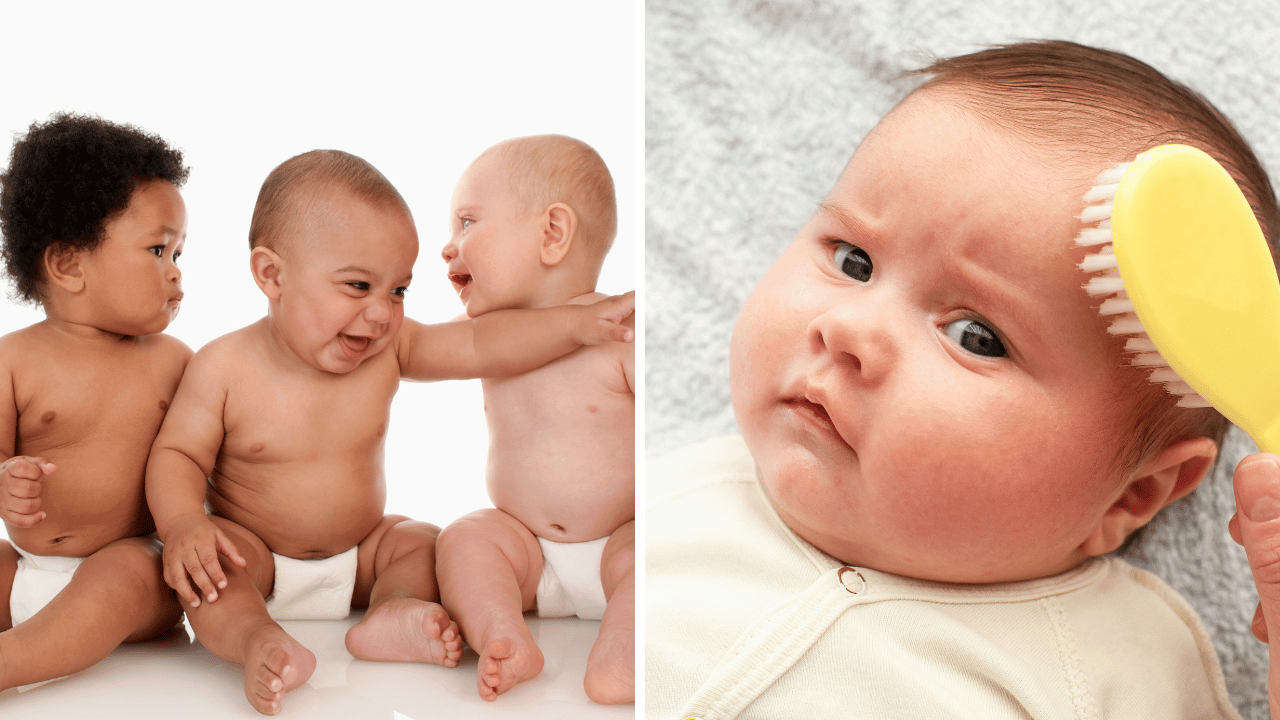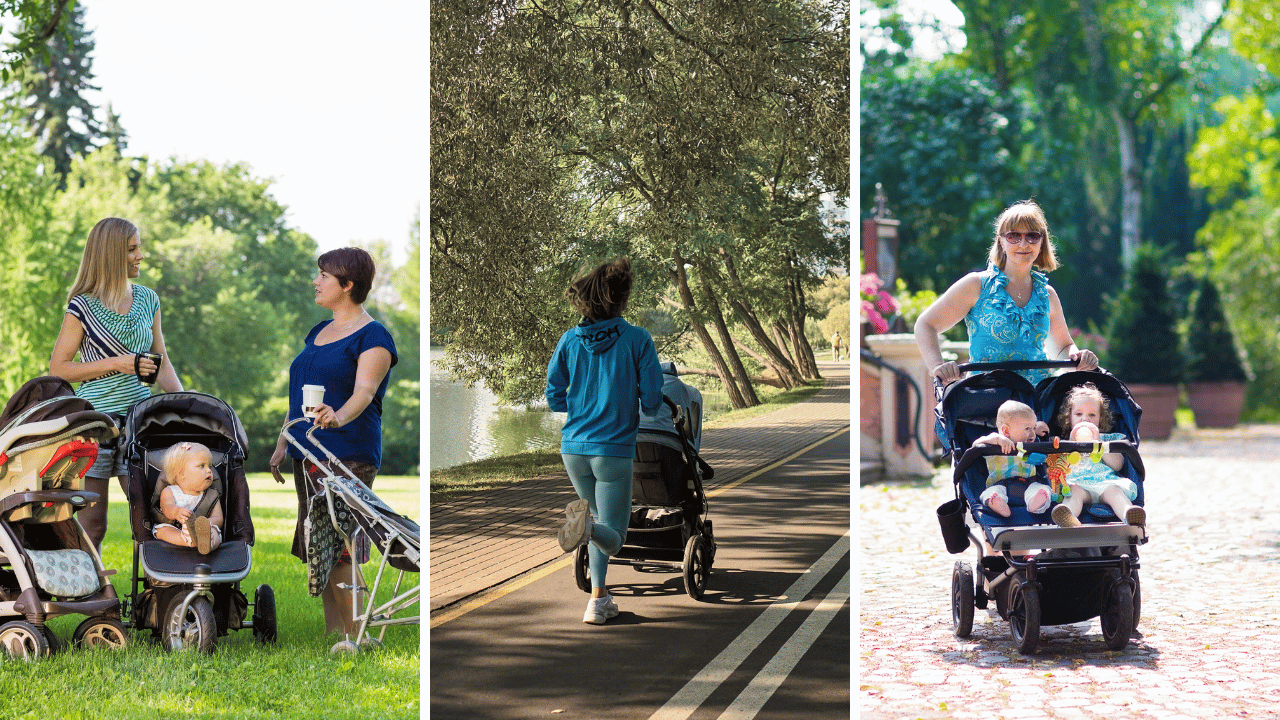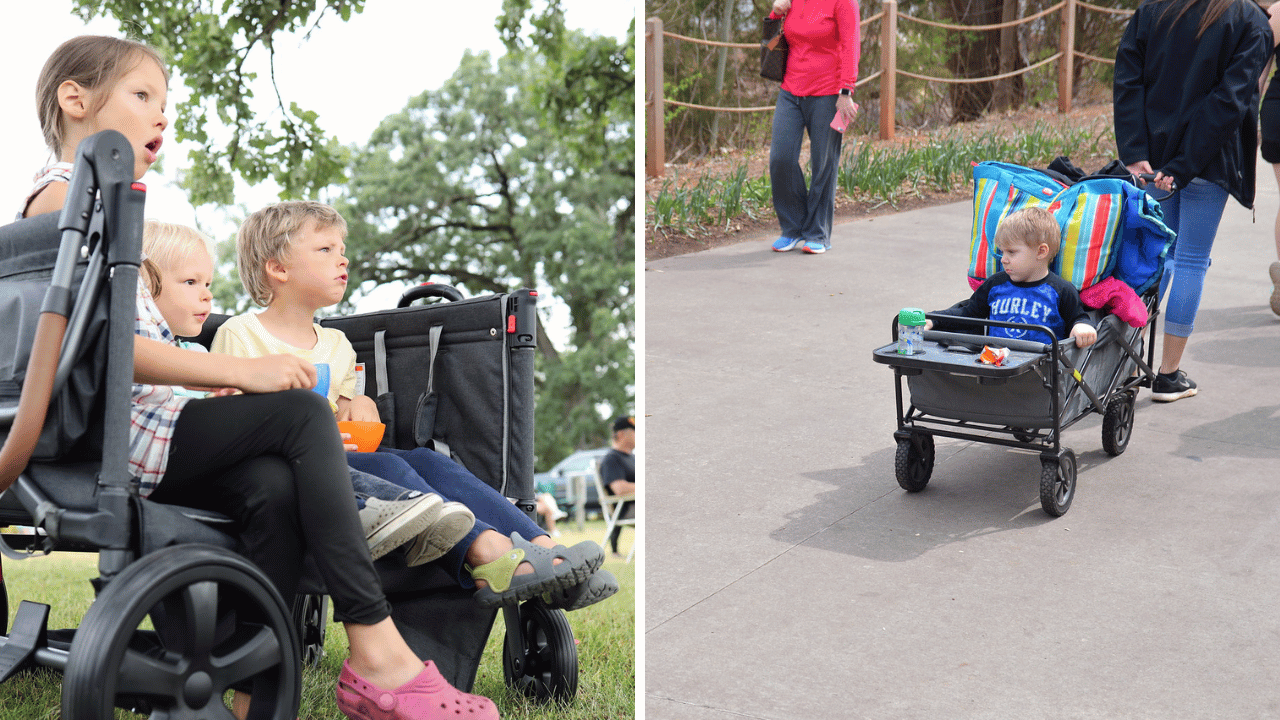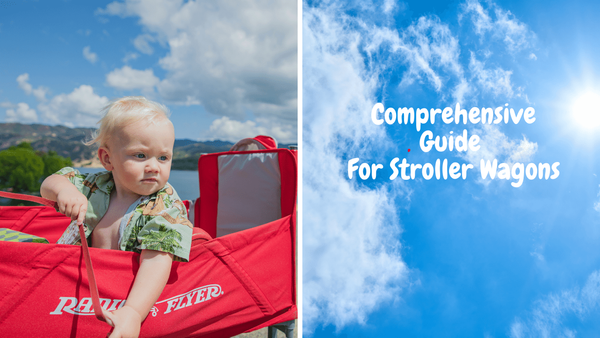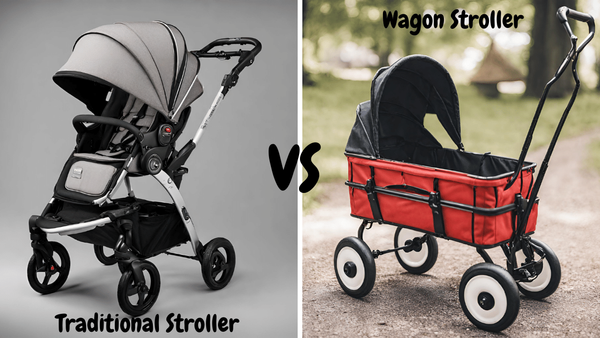Let's Explore Where Are Wagon Strollers Not Allowed
When it comes to parenting and caring for children, strollers are a staple item for many families. They provide a convenient and safe way to transport young children from place to place. However, not all strollers are created equal, and there are certain places where wagon strollers may not be allowed.
Wagon strollers, also known as wagons or push-pull strollers, are stroller-like devices with large wheels and a long handle for pushing or pulling. They often have a canopy or cover for protection from the sun and elements, and can be used to transport multiple children at once.
While traditional strollers are widely accepted in most public spaces, wagon strollers may face more restrictions due to their size and design. Here are some places where you may encounter restrictions or outright bans on wagon strollers.
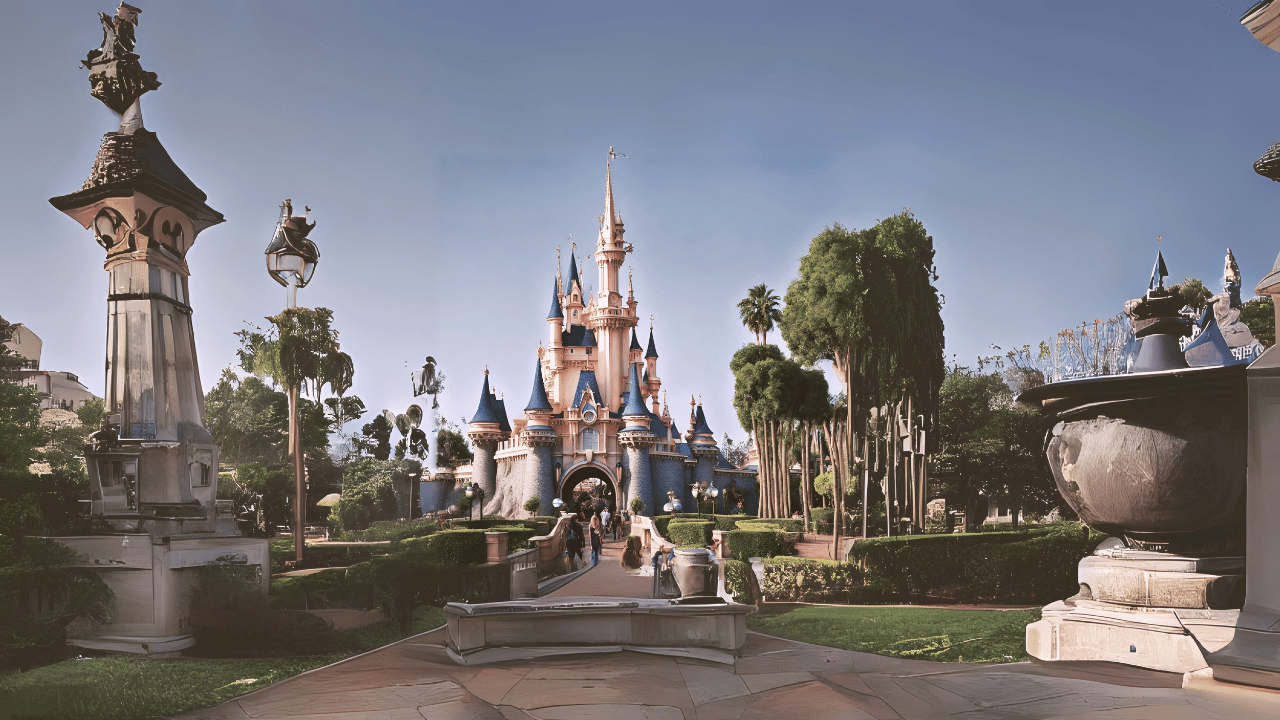
Theme parks and amusement parks
Many theme parks and amusement parks have restrictions on the types of strollers allowed within their premises. This is often due to safety concerns, as the large size of wagon strollers can present obstacles in crowded areas and rides. Some theme parks have designated areas for parking wagon strollers, while others may not allow them at all.
Walt Disney Company - Disney Theme Parks
Disney Parks - Walt Disney World Resort and Walt Disney World, per the Walt Disney World Resort Property Rules, wagons and stroller wagons are not permitted in the theme parks, regardless of if they are pushed or pulled or their dimensions. Guests are, however, permitted to bring strollers into the theme parks, provided they aren't larger than 31" (79 cm) in width and 52" (132 cm) in length. Walt Disney World suggests renting a stroller or a double stroller Walt Disney World Stroller Rentals. A word of caution, even if a wagon or stroller wagon fits within the dimensions, unfortunately, if it's a wagon or stroller wagon it is not allowed per their policy at this time.
Strollers at Disney: Make sure to check the stroller rules when heading to the specific Disney park of your choice!
When it comes to visiting the Magical World of Disney, having the right stroller can make all the difference. Disney Springs, Disney stroller rentals, and Disney-approved strollers are just a few of the things you need to consider.
First and foremost, it's important to know the stroller rules at Disney. Whether you're visiting Disneyland Park, exploring Magic Kingdom or Hollywood Studios, there are guidelines in place to ensure a smooth experience for everyone. Stroller wagons, for example, are not permitted, but single or double strollers are allowed.
If you prefer to bring your own stroller, make sure it meets Disney's requirements. It should be Disney-approved and in good condition. Keep in mind that stroller falls can happen, so always be cautious and attentive when using a stroller.
Getting around Disney property is a breeze with Disney transportation. Whether you're staying on-site or at a nearby hotel, there are convenient options to help you navigate the parks. And don't worry about a soggy stroller after a thrilling water ride – Disney has you covered with stroller-friendly areas.
Disney strollers are designed to provide comfort and convenience for little ones and their families. From exploring the wonders of Disney.
Public transportation
Public transportation systems such as buses and trains often have limited space and may not be able to accommodate wagon strollers. This can be a major inconvenience for parents traveling with young children, but it is important to check the rules and regulations of each specific transit system beforehand.
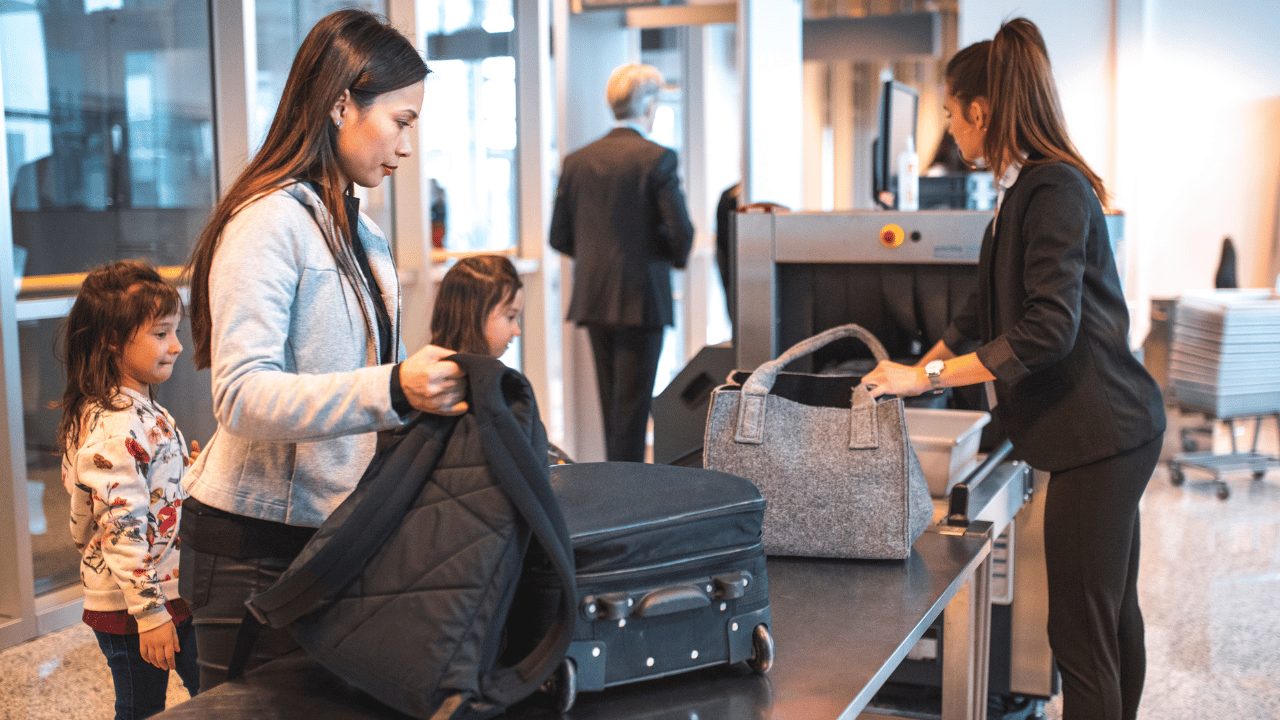
Airlines
Similar to public transportation, airlines may also have restrictions on the size and type of strollers allowed onboard. While some airlines may allow traditional strollers to be checked in or brought onboard, wagon strollers may not fit within their weight or size limits. It is important to check with the specific airline before traveling.
Shopping malls and retail stores
Many shopping malls and retail stores have rules prohibiting the use of wagon strollers within their premises. This is often due to safety concerns and potential damage to merchandise or displays. It is important for parents to check with individual stores before bringing their wagon strollers inside.
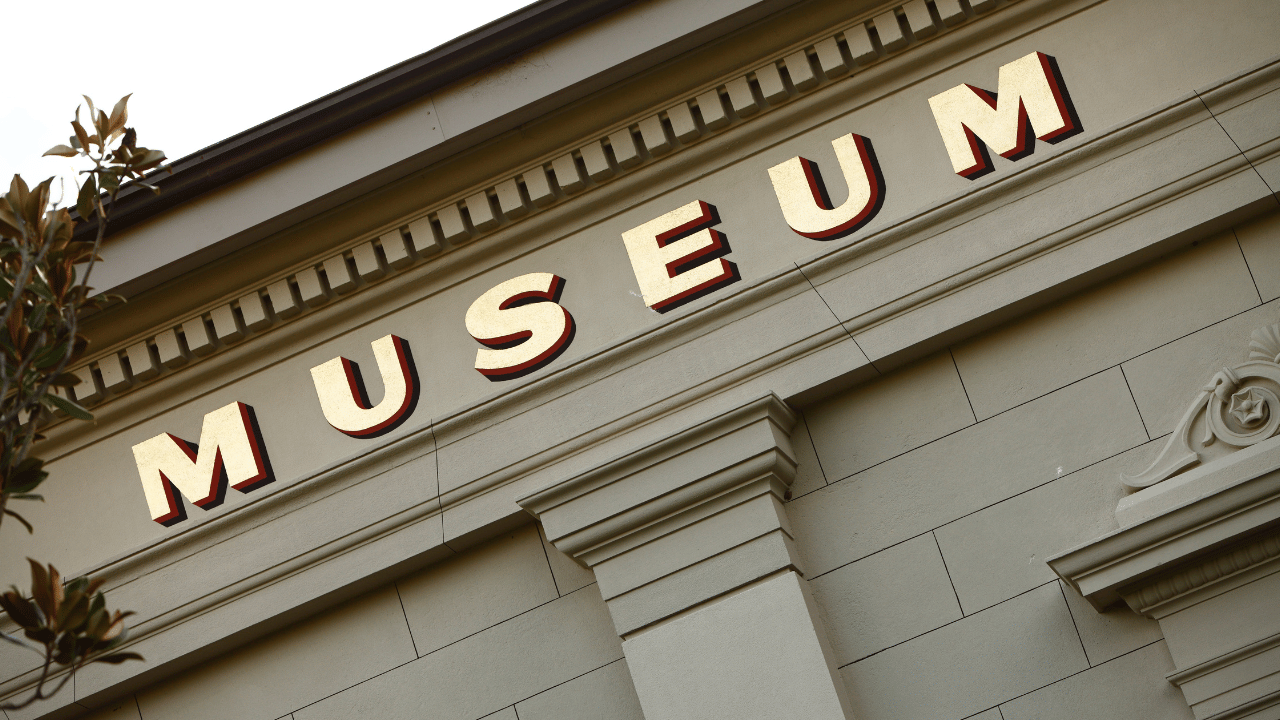
Museums and historical sites
Due to the delicate nature of artifacts and exhibits, many museums and historical sites may have restrictions on the use of wagon strollers. This is to prevent any potential damage that may be caused by the large wheels or handle of the stroller.
While these restrictions may seem limiting, it is important to remember that they are in place for the safety and convenience of all visitors. Parents can still make use of traditional strollers or other forms of transportation when visiting these places. It is always best to check with the specific location beforehand to avoid any inconvenience. As always, safety should be the number one priority when it comes to caring for young children. So, it is important to abide by these restrictions and choose a suitable stroller for each situation. With that being said, wagon strollers can still be an excellent choice for outdoor activities and family outings where there are no restrictions in place. Be sure to do your research and plan ahead when using a wagon stroller in public spaces. Happy strolling! So, it is important to abide by these restrictions and choose a suitable stroller for each situation. With that being said, wagon strollers can still be an excellent choice for outdoor activities and family outings where there are no restrictions in place. Be sure to do your research and plan ahead when using a wagon stroller in public spaces. Happy strolling!
Furthermore, it is important for parents to be aware of any potential hazards or dangers associated with using wagon strollers. As with any type of equipment, there are certain precautions that should be taken to ensure the safety of both the child and those around them.


